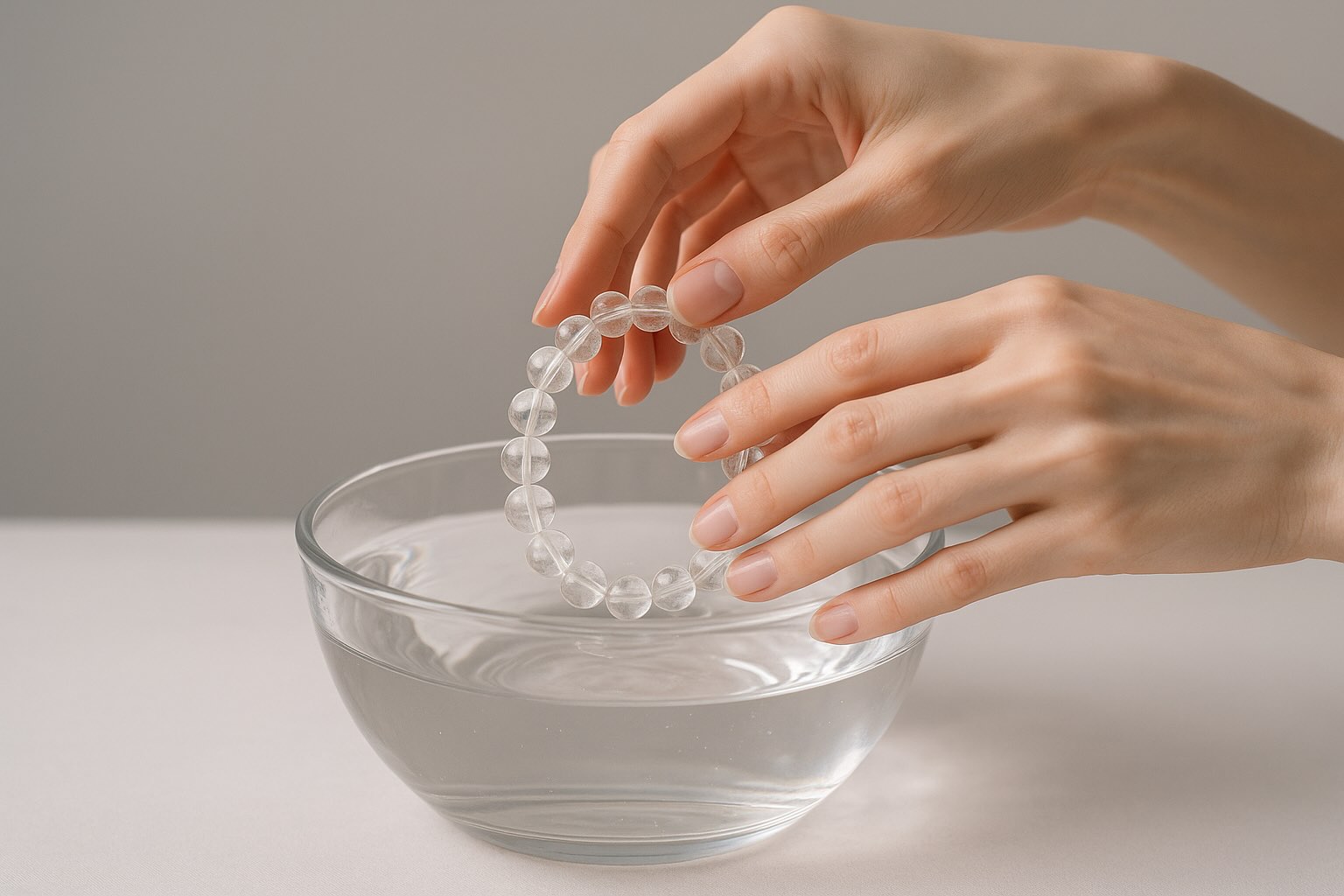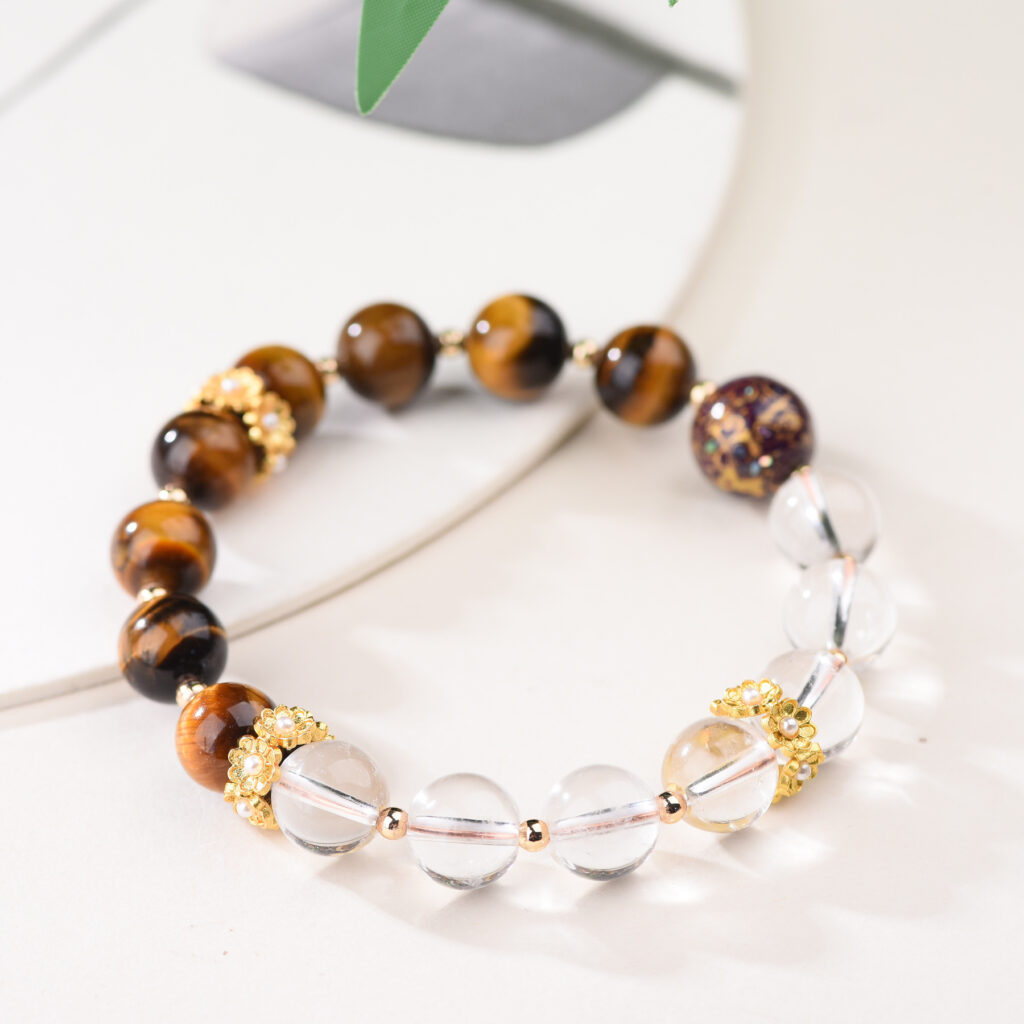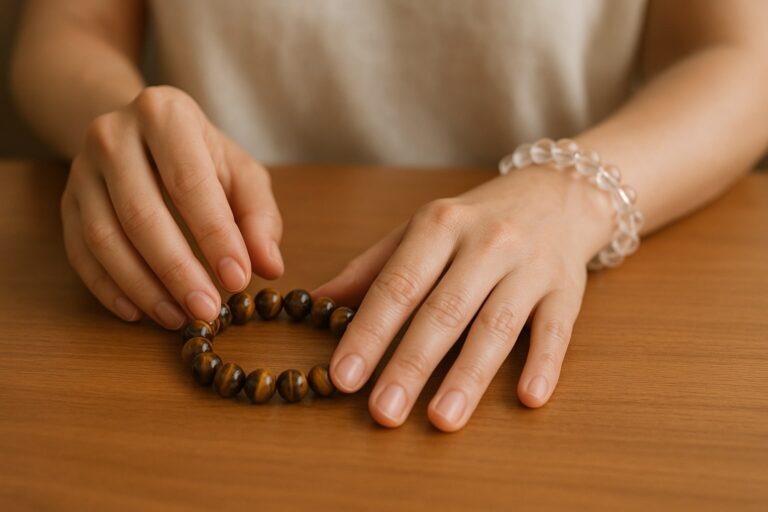Can Clear Quartz Go in Water? A Scientific & Spiritual Guide
In this article
- 1 The Short Answer: Yes, This Crystal is Water-Safe
- 2 Scientific Understanding: Why This Crystal Works with Water
- 3 Water-Safe Crystal Cleansing Methods
- 4 Important Precautions and Best Practices
- 5 Crystals That Are NOT Water-Safe
- 6 Spiritual and Metaphysical Perspectives
- 7 Alternative Cleansing Methods
- 8 FAQ Section
- 9 Conclusion
The Short Answer: Yes, This Crystal is Water-Safe
Clear quartz is one of the safest crystals to put in water. With a hardness rating of 7 on the Mohs scale and excellent chemical stability, this mineral can withstand water exposure without dissolving, cracking, or releasing harmful substances.
Scientific Understanding: Why This Crystal Works with Water
Physical Properties
Quartz crystal (silicon dioxide, SiO₂) possesses several characteristics that make it water-compatible:
Hardness and Durability: At 7 on the Mohs scale, this mineral is harder than steel and resistant to scratching or structural damage from water exposure.
Chemical Stability: Silicon dioxide is chemically inert in water at normal temperatures and pH levels. Unlike some minerals that contain copper, iron, or other reactive elements, quartz won’t leach chemicals or change composition when submerged.
Crystal Structure: The tetrahedral arrangement of silicon and oxygen atoms creates a stable lattice that water cannot easily penetrate or disrupt.
What Happens During Water Exposure
When this crystal contacts water, minimal interaction occurs at the molecular level. The surface may accumulate a thin layer of water molecules through hydrogen bonding, but this doesn’t affect the stone’s integrity. Any dust, oils, or surface contaminants are simply washed away.
Water-Safe Crystal Cleansing Methods
Basic Water Cleansing
- Rinse Method: Hold your crystal under cool running water for 30-60 seconds
- Soaking Method: Submerge in clean water for 5-30 minutes
- Natural Water: Use spring water, rainwater, or filtered water when possible
Enhanced Water Cleansing Techniques
- Moonwater Charging: Place the stone in water under moonlight overnight
- Solar Water Infusion: Brief morning sunlight exposure (avoid extended heat)
- Intention Setting: Hold the crystal while visualizing cleansing energy flowing through the water
Recommended Exposure Times
- Quick cleanse: 30 seconds to 5 minutes
- Standard cleansing: 15-30 minutes
- Deep cleansing: 1-4 hours maximum
- Overnight charging: Safe for this mineral, though not necessary
Important Precautions and Best Practices
Water Quality Considerations
- Use filtered or distilled water when possible
- Avoid heavily chlorinated tap water for extended soaking
- Salt water is generally safe but rinse thoroughly afterward
- Avoid extremely hot water (above 140°F/60°C) to prevent thermal shock
Physical Handling
- Check for existing cracks or fractures before water exposure
- Dry thoroughly after cleansing to prevent water spots
- Use soft cloths to avoid scratching during drying
- Store in dry location after cleansing
When to Avoid Water
- If the crystal has visible cracks or damage
- When combined with water-sensitive materials (metal settings, certain adhesives)
- During freezing temperatures (thermal expansion can cause cracking)
Crystals That Are NOT Water-Safe
For comparison, avoid water exposure with these crystals:
- Selenite (dissolves rapidly)
- Halite (salt-based, dissolves immediately)
- Pyrite (contains iron, can rust)
- Malachite (copper content, potentially toxic)
- Angelite (can dissolve over time)
Spiritual and Metaphysical Perspectives
Water as a Cleansing Element
In many spiritual traditions, water represents purification, emotional healing, and energetic renewal. Combining this crystal’s amplifying properties with water’s cleansing nature creates a powerful purification method.
Energetic Benefits
- Clearing negative energy: Water helps wash away accumulated negative vibrations
- Emotional reset: The combination supports emotional balance and clarity
- Amplified intentions: This stone can enhance the purifying properties of water
- Chakra alignment: Particularly beneficial for crown and third-eye chakra work
Alternative Cleansing Methods
If you prefer to avoid water, the crystal responds well to:
- Smudging with sage or palo santo
- Sound cleansing with singing bowls or bells
- Sunlight exposure (brief periods)
- Moonlight charging
- Earth burial for deep cleansing
- Visualization and intention setting
FAQ Section
Q: How long can I leave this crystal in water? A: The stone can safely remain in water for extended periods, though 30 minutes to 4 hours is typically sufficient for cleansing purposes. Overnight soaking won’t damage it but isn’t necessary.
Q: Can I make crystal water with this stone for drinking? A: While quartz is non-toxic, always use clean, food-grade crystals and filtered water. Consider indirect methods like placing the stone near (not in) your drinking water for safety.
Q: What if my crystal has inclusions or is cloudy? A: Inclusions don’t affect water safety. Cloudy quartz (often containing microscopic air bubbles or other minerals) is still water-safe, though you should inspect for any potentially water-sensitive inclusions.
Q: Can I use soap or detergent with this mineral? A: Mild, natural soap is safe for cleaning quartz, but thorough rinsing is essential. Avoid harsh chemicals or abrasive cleaners that might leave residues.
Q: Is salt water safe for this crystal? A: Yes, salt water won’t damage the stone. However, salt can leave white residue, so rinse thoroughly with fresh water afterward and dry completely.
Q: Can temperature changes damage quartz in water? A: Extreme temperature changes can cause thermal shock and cracking. Avoid placing cold crystals in hot water or vice versa. Room temperature to warm water is safest.
Q: How do I know if my crystal is actually clear quartz? A: True quartz is relatively hard (won’t scratch easily with a knife), has no visible cleavage planes, and often shows hexagonal crystal faces. When in doubt, consult a qualified crystal dealer or gemologist.
Q: What’s the best way to dry this stone after water cleansing? A: Pat dry with a soft cloth, then air dry completely. Avoid paper products that might scratch, and ensure the crystal is fully dry before storing to prevent water spots or mineral deposits.
Conclusion
Clear quartz is among the most water-friendly crystals available, making it an excellent choice for water-based cleansing rituals. Its physical durability and chemical stability ensure safe interaction with water, while its metaphysical properties make it a powerful tool for energetic purification. Whether you approach crystal care from a scientific or spiritual perspective, this stone and water form a harmonious and beneficial combination.
Remember to always prioritize safety, use clean water sources, and trust your intuition when working with crystals and water together.
Related Reading:
How Much is Clear Quartz Worth: Complete Value & Price Guide – SparkMart369.com
How to Clean Quartz Crystal: Safe Methods & Tips – SparkMart369.com









